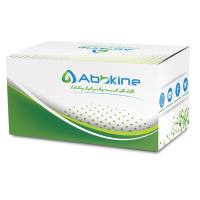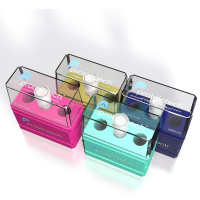Detection of Salmonella spp.
互联网
717
Salmonella is still recognized as a major zoonotic pathogen for animals and humans (1 ). In many countries, it is the leading cause of all food-borne outbreaks and infections (2 ,3 ). Conventional cultural methods for the detection of Salmonella spp. in clinical human or animal material, food, feeding stuff or the environment require nonselective and selective incubation steps resulting in a 4 to 6 d isolation procedure (4 ,5 ). A more rapid detection of Salmonella spp. can be expected by the application of the polymerase chain reaction (PCR). Detection of Salmonella from food by PCR can be achieved within 24 h. Generally, the procedure includes (i) a pre-enrichment step in a nonselective medium to allow recovery of damaged cells and multiplication of the target organism; (ii) nucleic acid extraction from the culture; (iii) in vitro amplification of Salmonella spp. specific nucleic acid target DNA; and (iv) detection of the PCR product by gel electrophoresis and/or hybridization techniques. Several nonselective media for pre-enrichment have been developed for various food matrices, but buffered peptone water is most commonly used and recommended in the ISO 6579 standard on Microbiology of Food and Animal Feeding Stuffs -Horizontal Method for the Detection of Salmonella (6 ) as the medium of choice for pre-enrichment. Since many substances occurring in food can inhibit the thermostable DNA polymerase (7 ,8 ), the selection of a DNA extraction method depends on the food matrix.









